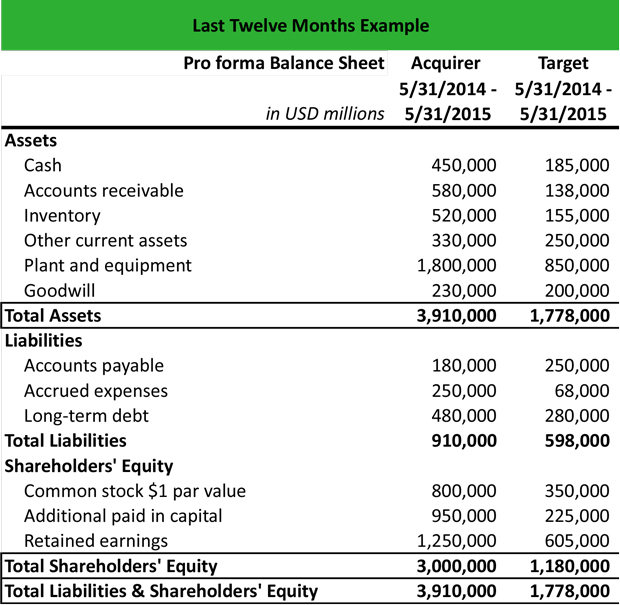Definition: Last twelve months (LTM) refers to the trailing 12-month period with respect to financial statement analysis, but it does not necessarily indicate the end of a company’s fiscal year.
What Does LTM Mean?
What is the definition of last twelve months? LTM may also be referred to as trailing twelve months (TTM). Hence, when investors see the trailing P/E on a financial report, it means that the price-to-earnings ratio represents the past 12-month period.
Although LTM is a relatively short time frame to determine the value of a firm with respect to certain valuation metrics, it is useful as it shows how the company performed recently and what are the trends of growth, if any. Analysts use LTM to estimate a firm’s operating performance YTD. LTM is especially useful in the case of an acquisition.
Let’s look at an example.
Example
Jerry is a financial analyst at a brokerage firm, and he specializes in the retail sector. He is asked to calculate the last 12 month period of a company that was acquired recently in the sector and present the results to his manager.
Jerry constructs an Excel spreadsheet calculating LTM on a pro forma basis, as follows:

Above calculations showcase the LTM concept, as they present the acquiring company’s and the target company’s financial performance for the period 5/31/2014 – 5/31/2015. Most companies report their fiscal results on December 31st. Hence, the last 12 month period calculations correspond to the 12-month period YTD.
Summary Definition
Define Last Twelve Months: LTM means company activities over the trailing 12 months.


